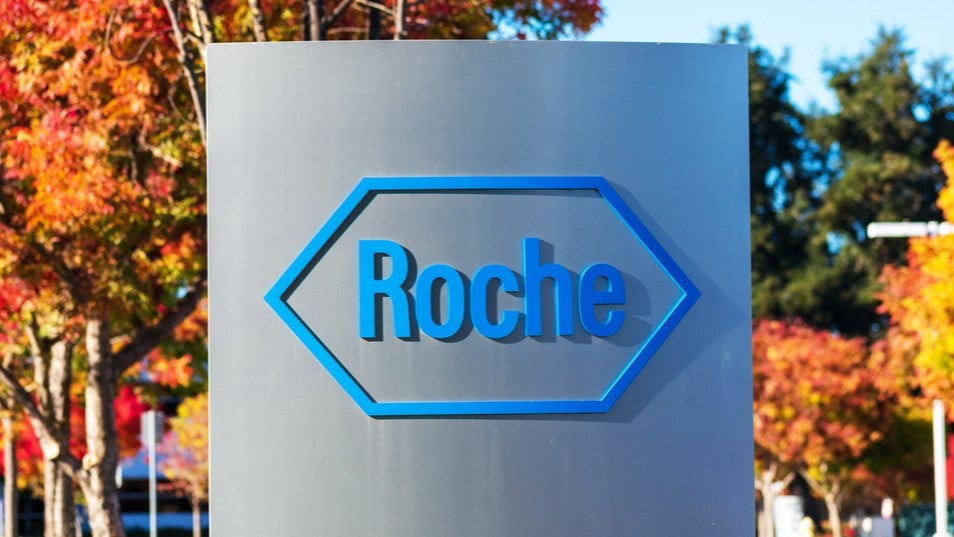The UK set a historic precedent on 29 March by delivering to the European Council President Donald Tusk formal notification that it was invoking the untested Article 50 of the Lisbon Treaty to secede from the EU, colloquially known as Brexit. A two-year timetable has now started, concluding on 29 March, 2019 with the exit of the UK from the EU, which can occur with or without an exit agreement from the EU, unless all 28 governments agree to an extension of talks. Because of this, a question has arisen regarding how this agreement, or the lack of one, will impact on the UK medical devices industry.
According to the US Department of Commerce, approximately 60% of medical devices sold in the UK are imported. A GlobalData analysis of UK Government import-export data indicates that imports from the EU accounted for over 75% of this trade in 2016, rising from 56% in 2007. This indicates that, increasingly, UK healthcare has become dependent upon EU-sourced products, with most loss of import share being felt by North American companies, which accounted for over 30% of imported medical devices in 2009, dwindling to a little over 11% in 2016.
This is partially due to the increased competitiveness of the Euro from 2005 to 2015. During 2005–2014, the British Pound to US Dollar currency exchange rate was relatively stable, after which a slide in the British Pound’s value started. This slide recently accelerated following the Brexit referendum result. However, besides a sharp dip following the Brexit result, the British Pound to Euro currency exchange rate has remained relatively stable, perhaps indicating as much about the precarious nature of the Eurozone economy as the uncertainties surrounding post-Brexit UK.
Britain's North American advantage
While the UK has become increasingly dependent upon imported devices, a GlobalData analysis of UK government export statistics showed that between 2007 and 2017, UK medical device exports almost tripled in value, with the main destination being North America (principally the US). There now exists a significant trade imbalance between North America and the UK in medical devices, with more being exported from the UK than imported. This increase in trade predates the slide of British Pound against the US Dollar in 2014; thus, this export boon is not due to increased price competitiveness, but to other factors, as outlined below.
Demand for advanced medical devices is, to an extent, price inelastic. When a device is necessary for the diagnosis or treatment of a patient, effectiveness is seen by physicians as one of the most important measures affecting its adoption rate, especially in areas where there are few competitors and companies enjoy near-monopolies. While pricing can affect the initial adoption of a device, increases in prices rarely lead to the abandonment of a device that has clear clinical effectiveness, unless there is an effective and cheaper alternative available.
See Also:
Device regulation is also a powerful factor. In general, Europe has taken a more hands-off approach to medical device marketing approval via the Conformité Européenne (CE) Certification process. Prior to 2010, CE Certification amounted to little more than the manufacturer ensuring that the medical device was designed, manufactured, and monitored to either standards set down in the EU Medical Devices Directive, or to international standards such as ISO-13485, which is audited by EU-appointed Notified Bodies.
How well do you really know your competitors?
Access the most comprehensive Company Profiles on the market, powered by GlobalData. Save hours of research. Gain competitive edge.

Thank you!
Your download email will arrive shortly
Not ready to buy yet? Download a free sample
We are confident about the unique quality of our Company Profiles. However, we want you to make the most beneficial decision for your business, so we offer a free sample that you can download by submitting the below form
By GlobalDataThe US applies a more rigorous set of standards, examining both patient safety and device effectiveness. However, this extra rigor has resulted in the industry trade body, EUCOMED, claiming that patients are able to access devices in Europe up to five years ahead of those in the US. The rapid process of getting devices to market in the EU compared to the US is claimed to support a more innovative medical devices industry in Europe.
The combination of an innovative European medical devices industry with the fact that the UK is the largest foreign investor in the US may explain the UK’s success in export sales to the US. British exporters may benefit from the current liberal European device regulatory system, which encourages innovation, while having a familiarity with the hurdles of the US regulatory regimen, giving them a distinct advantage over companies located in the other 27 EU member states.
Deal or no deal?
UK Prime Minister Theresa May’s letter to President Tusk will provide the initial roadmap for the British Government to take during the exit process. David Davis, the Secretary of State for Exiting the European Union, has already signaled that a conclusion of “no deal” is unlikely to occur. There are many options for Brexit, ranging from the so-called “soft” option, where there will be very little change in the UK’s trading relationship, through to the so-called “Hard Brexit” option, where the UK may find itself excluded or severely restricted from accessing EU markets. The reality will likely be something between these two extremes, where trade with EU will likely attract some additional cost and regulatory burden, with increased opportunity for trade outside of the EU. For medical devices, since the World Trade Organization has already signaled its intent to eliminate all healthcare tariffs, the threat of customs tariffs is not the most serious issue.
Where the UK medical devices industry may face difficulty is in accessing the EU market due to the imposition of non-tariff barriers, such as regulatory hurdles. The current Medical Devices Directives are undergoing revision, and this is likely to result in regulatory oversight similar to that seen in the US. The UK government has not given any indication that it will not adopt the new and more stringent Medical Devices Act into UK Law, nor that it will subsequently abolish these regulations following the passing of the Great Repeal Bill.
Even if the British parliament did not fully enact these laws, for manufacturers that are already used to providing devices to a diverse global market, which involves adopting other sets of standards alongside their own, this is not a step into the unknown. Difficulties may arise regarding the marketing of existing devices, specifically about whether CE Certificates issued by British Notified Bodies will continue to be recognized within the EU. The main British provider, BSI, is confident that its role as a Notified Body will continue to be recognized by using existing mechanisms it has in place for non-EU states, but it is still not clear whether the EU will allow a seamless change in the authority of these Notified Bodies.
New trading partners
Could the loss of trading opportunities with the EU for medical devices be made up with increased trade with the rest of the world? It is possible that in future trade negotiations, the US may point to the trade imbalance in medical devices with the UK and call for increased access to the market. This will prove especially controversial, given that the National Health Service (NHS) provides 85% of the UK’s healthcare needs. However, trade negotiators may point to the substantial investment the UK has made in the US; amounting to over $500bn, supporting over a million US jobs. An increased US presence in the UK may create investment opportunities in the UK. This would be especially welcome, as UK start-ups may find it more difficult to access European sources of investment following Brexit.
However, the UK government has pinned its hopes on the chance that Brexit will create increased trade with Australia, China and India. For medical devices, a GlobalData analysis of UK export data indicates that the Asia-Pacific region only accounted for a fairly dire 10% of exports in 2016. Indeed, outside of the EU and North America, the rest of the world accounted for only 22% of UK exports. For the UK medical devices industry, success rides on two key points: maintaining continued access to the EU, and ensuring an equitable relationship with the US.









Related Company Profiles
NHS, INC.
Eucomed
BSI Ltd
Department of Commerce
The British Government